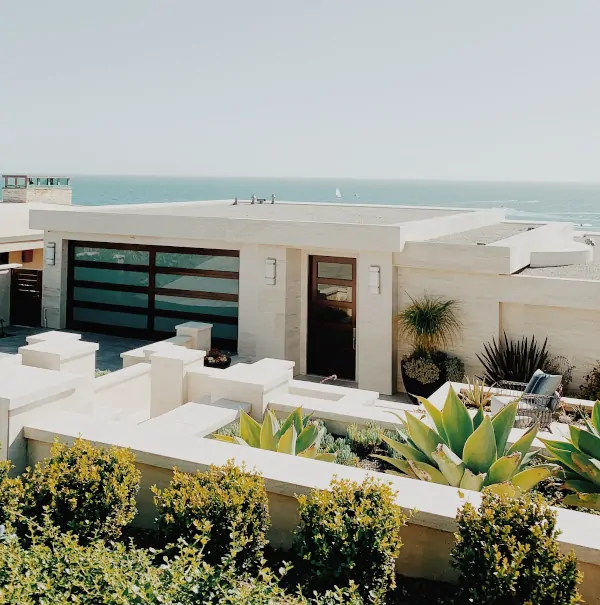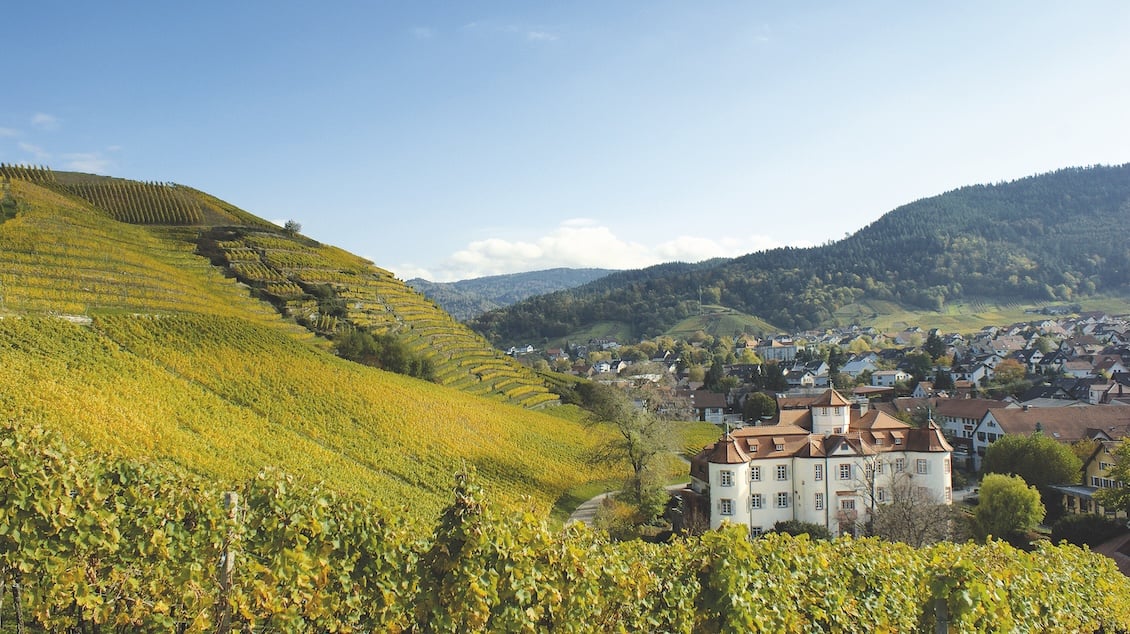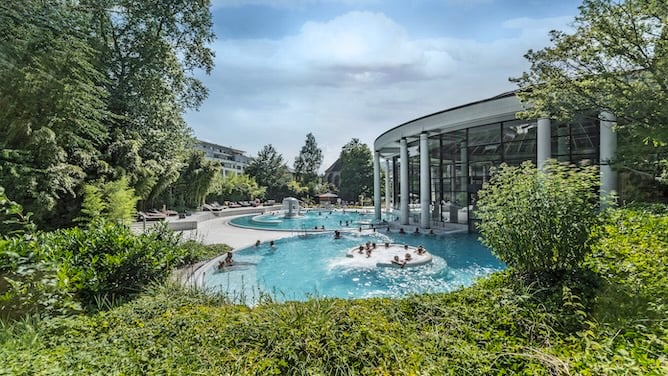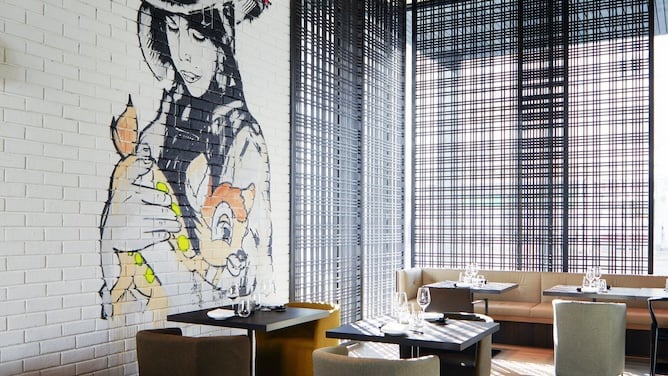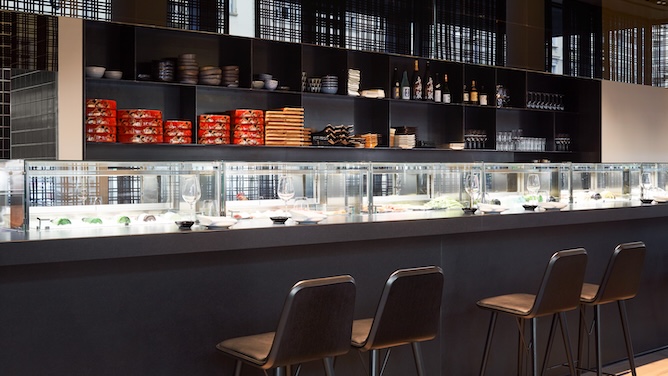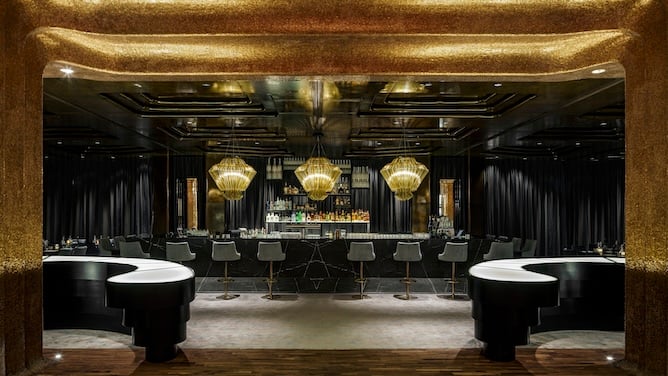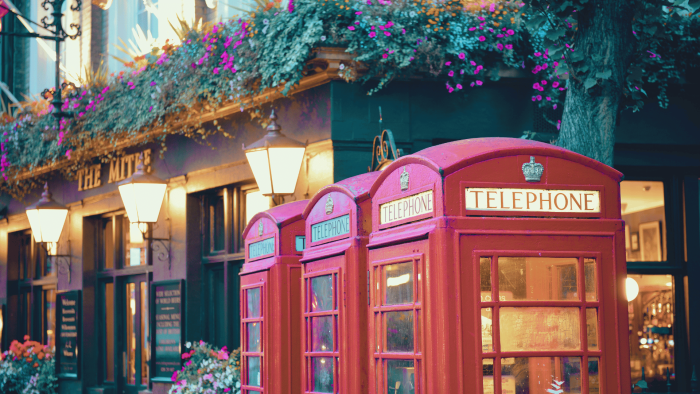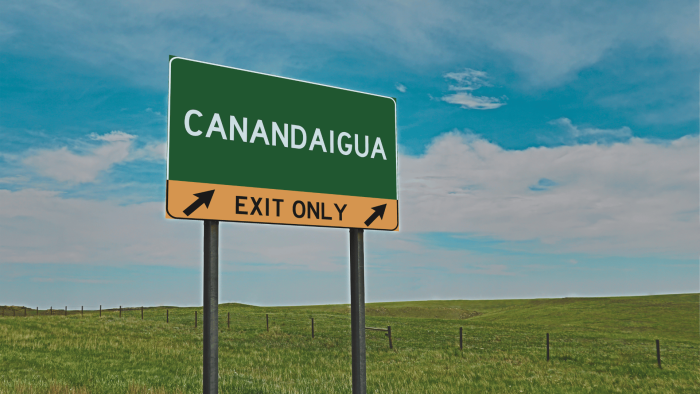Being American and growing up for the majority of my life in rural Pennsylvania, it’s hard for me to sometimes fathom how old world the Old World really is. Sure, I spent a year in college in Rome and a few trips pottering around Iceland, Ireland, and France since then. But to really experience Europe, it takes more than a few dinner reservations and a list pulled from Yelp, filtered from Highest Rated, to get the gist of it all.
Earlier this year, I found myself thinking this exact thought while I sipped a glass of vodka after a massage, cooling down from the sauna al fresco on the balcony on the outskirts of town. The sunset met the tops of the Black Forest and I don’t think I’ve ever felt more relaxed in my life.
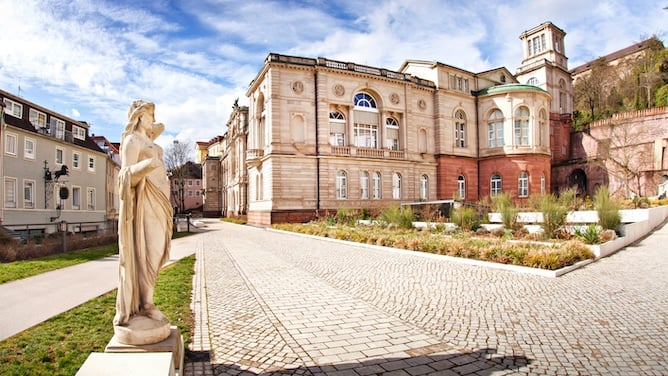
Credit: Baden-Baden Kur & Tourismus GmbH
A Brief History of Baden-Baden
I’m not the only one who has experienced the serenity that this small German town has offered visitors. For nearly 2,000 years, the area has been known for its thermal springs, which are rich in minerals rumored to have healing powers against rheumatism, gout, kidney stones, and even aging. Today, the thermal waters are pumped into two main spas in the town, but for centuries, people flocked to the source to soak their bodies and take a sip of the pungent waters all in the name of wellness.
While the Romans may have done it first, it was the 19th-century European aristocracy who really perfected what it means to fully embrace the mineral-rich waters of the springs. The region was connected to the rail network in the mid 1800s, making it easier for wealthy patrons to travel the long distances to the relative peace of Baden-Baden. The access attracted members of high society and royals alike, with visits by Prussian princesses and England’s Queen Victoria, cementing Baden-Baden as a world-renowned destination.
To meet the needs of the rich and famous who came to visit Baden-Baden, the town invested in architecture that could compete against other resort towns, such as those along the Mediterranean coast or in Imperial Russia. Over time, Baden-Baden added the Kurhaus, a casino that still brings to mind something you’d find in a James Bond film; the Trinkhalle, a neoclassical building designed for leisurely strolls after one’s spa “cure” to relax the body; and the Festival Hall, renowned as one of Germany’s largest opera houses to this day.
Twenty-Four Hours in Baden-Baden
If you’re looking for an adrenaline-pumping trip and a late-night bender, I’d probably suggest booking a Deutsche Bahn ticket to Berlin. But if you’re in need of a few hours of rest and a good night’s sleep, then pack your bags and don’t forget your swimsuit for the spa.
My stay in town began and ended at Roomers Baden-Baden, a modern hotel that has done an exceptional job in keeping the elements of sophistication alive within the spa town. While the Kurhaus and Trinkhalle, are undeniably impressive, it’s the Roomers hotel that brings the spa town into the modern era of luxury. Mixing a bit of Berlinerisch sexiness with modern design elements, it feels like the proper extension of a town which would otherwise be classified as sleepy.
After an hour-long guided tour to get my history fix, the final stop of my walking tour was at the spas. One has the option between the Caracalla Spa or the Friedrichsbad. The Caracalla is a bit more family-friendly and is best described as an upscale indoor waterpark, with a large wading pool, sauna, steam room, and hot springs. While I was there, a water-aerobics class was taking place and I picked up a few pointers from the instructor from the sideline.

Credit: Friedrichsbad/Baden-Baden Kur & Tourismus GmbH
The Friedrichsbad, on the other hand, is more in the traditional model of the baths. It’s “textile-free,” meaning no swimsuits are allowed. And it’s co-ed. I’m sorry to say that my ingrained American Puritanism stopped me from enjoying this spa, but the classic Roman architecture and multi-step bathing ritual remain on my to-do list when I return again.
Once I had properly toweled off from my own dip in the thermal springs, I realized it was time for my appointment back at Roomers. The hotel hosts an in-house spa in partnership with renowned Dr. Barbara Sturm, and I took an hour to experience a more clinical approach to wellness. Opting for a massage (and that a shot of vodka after), I felt the aches of my Air Canada economy-plus seat melt away.
Where to Stay in Baden-Baden: Roomers
If wellness and a more secluded relaxation is what you’re after, you might as well stay somewhere nice. Roomers, part of the German hospitality collective Gekko Group, has a way of making every touchpoint feel modern, sophisticated, and, dare I say it, sexy. The bed in the rooms are enormous (as is the bathtub).
Where to Eat in Baden-Baden
-
Le Jardin de France im Stahlbad
If you’d like a white tablecloth meal, Le Jardin is a Michelin-starred, French fine-dining restaurant with a crab, avocado, and raspberry dish I’m still thinking about.
-
Moriki
While you may not think sushi quite fits into the culinary landscape of the Black Forest, having something light after a day of relaxation is the perfect send-off into the evening. Moriki is conveniently located in Roomers, making it a one-stop shop.
-
Schloss Neuweier
This 12th Century castle and vineyard is a prime example of the region’s flair for reinvention that maintains much of its history. Schloss Neuweier is a family-operated winery with a farm-to-table restaurant that has the most delicious asparagus.
How to Get to Baden-Baden
Baden-Baden is fairly easy to get to, given its centralized location in the southwest of Germany. If you’re comfortable taking the Autobahn, it’s a quick drive from Frankfurt, Stuttgart, and Strausbourg across the border in France.
If you’d like to avoid the stress of cars whizzing by on the Germany highway, the Baden-Baden Oos train station serves major ICE, EC, IC, and IR trains, as well as all regional trains. That means you can take the rail from places like Hamburg, Rhineland, Berling, Paris, Vienna, Stuttgard, and Munich. Main routes include Basle to Hamburg, Basle to Rhineland, Basle to Berlin, and Paris to Vienna via Stuttgart and Munich. By train and local bus routes, it’s easier to reach the city center.
